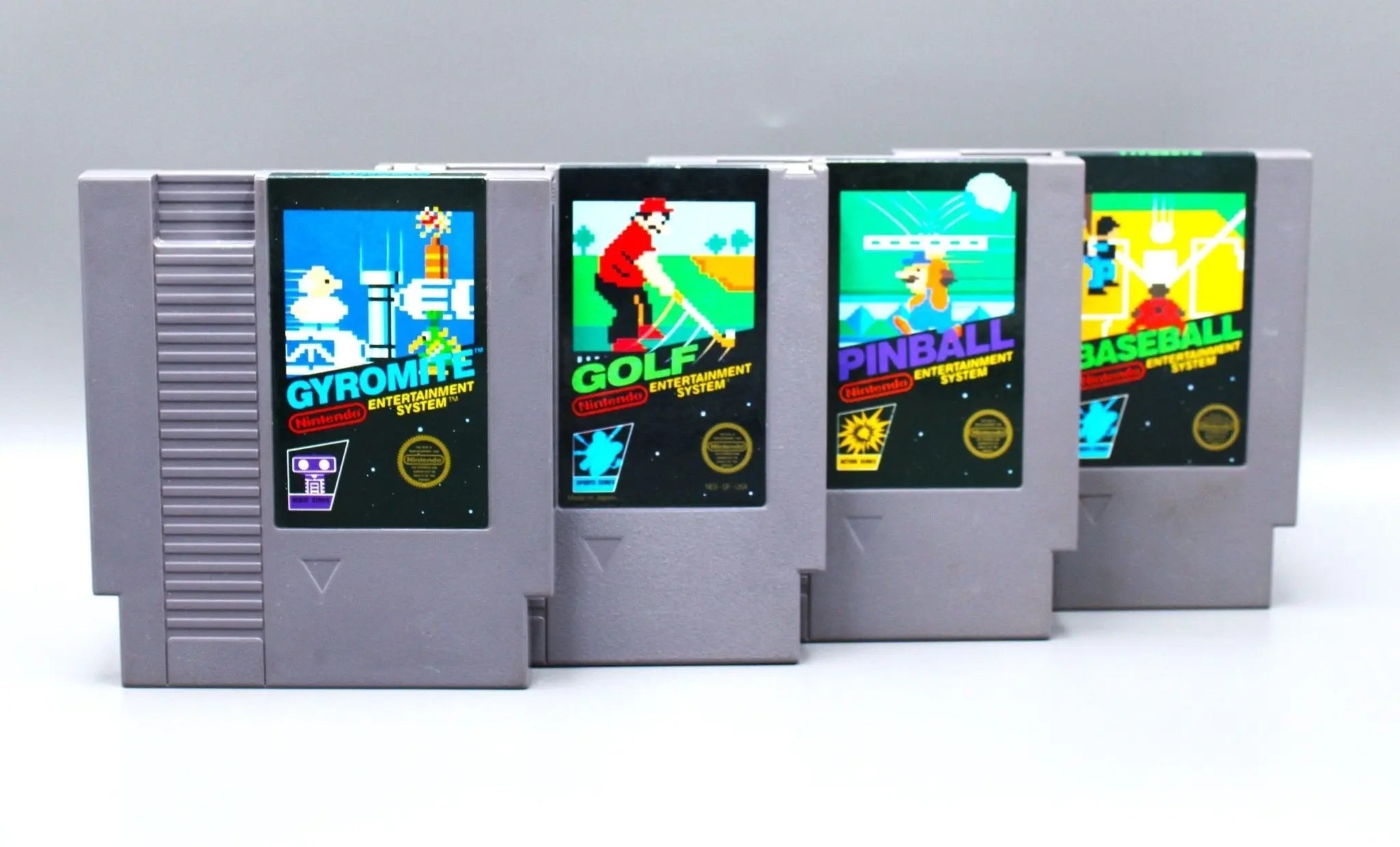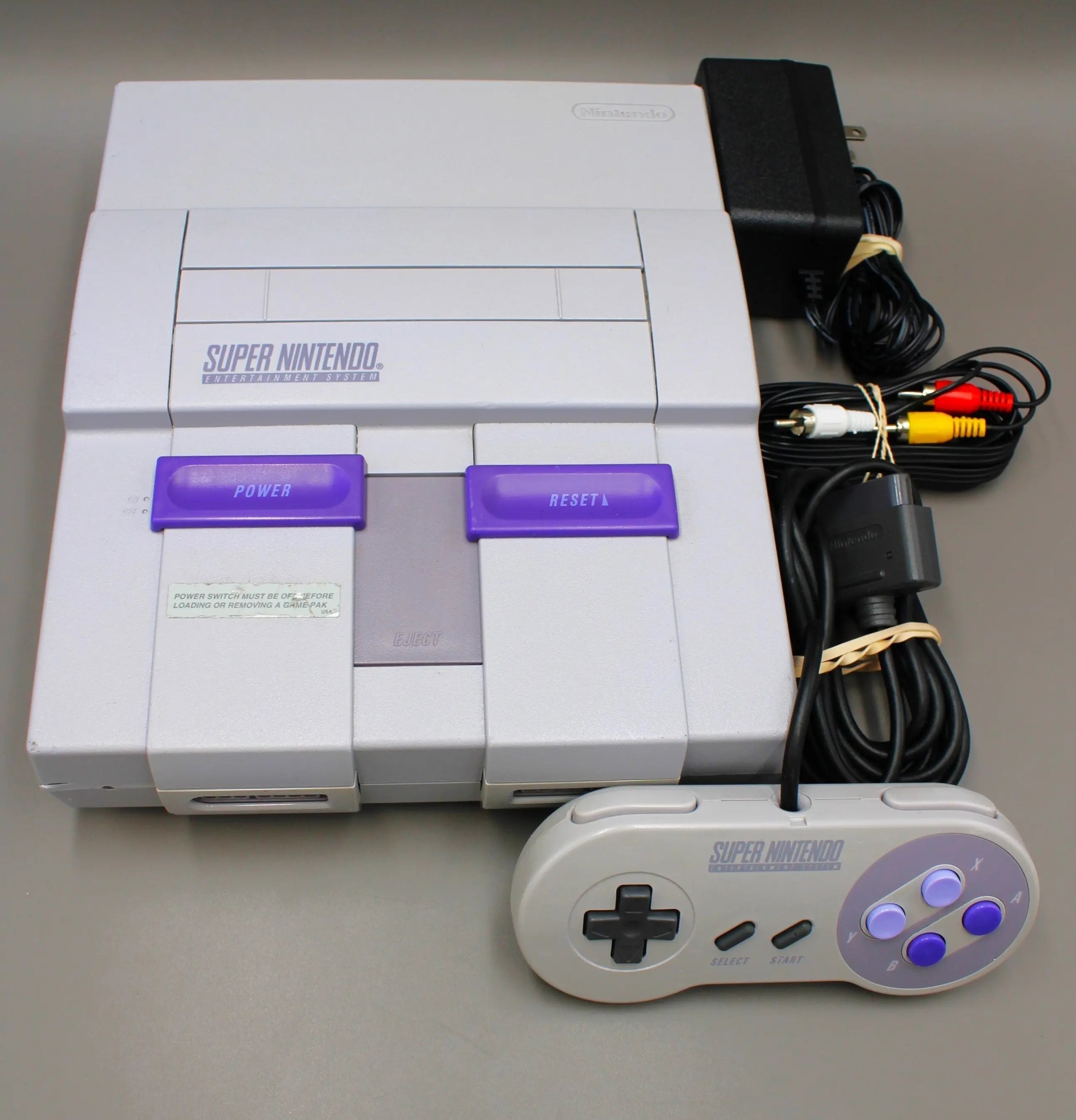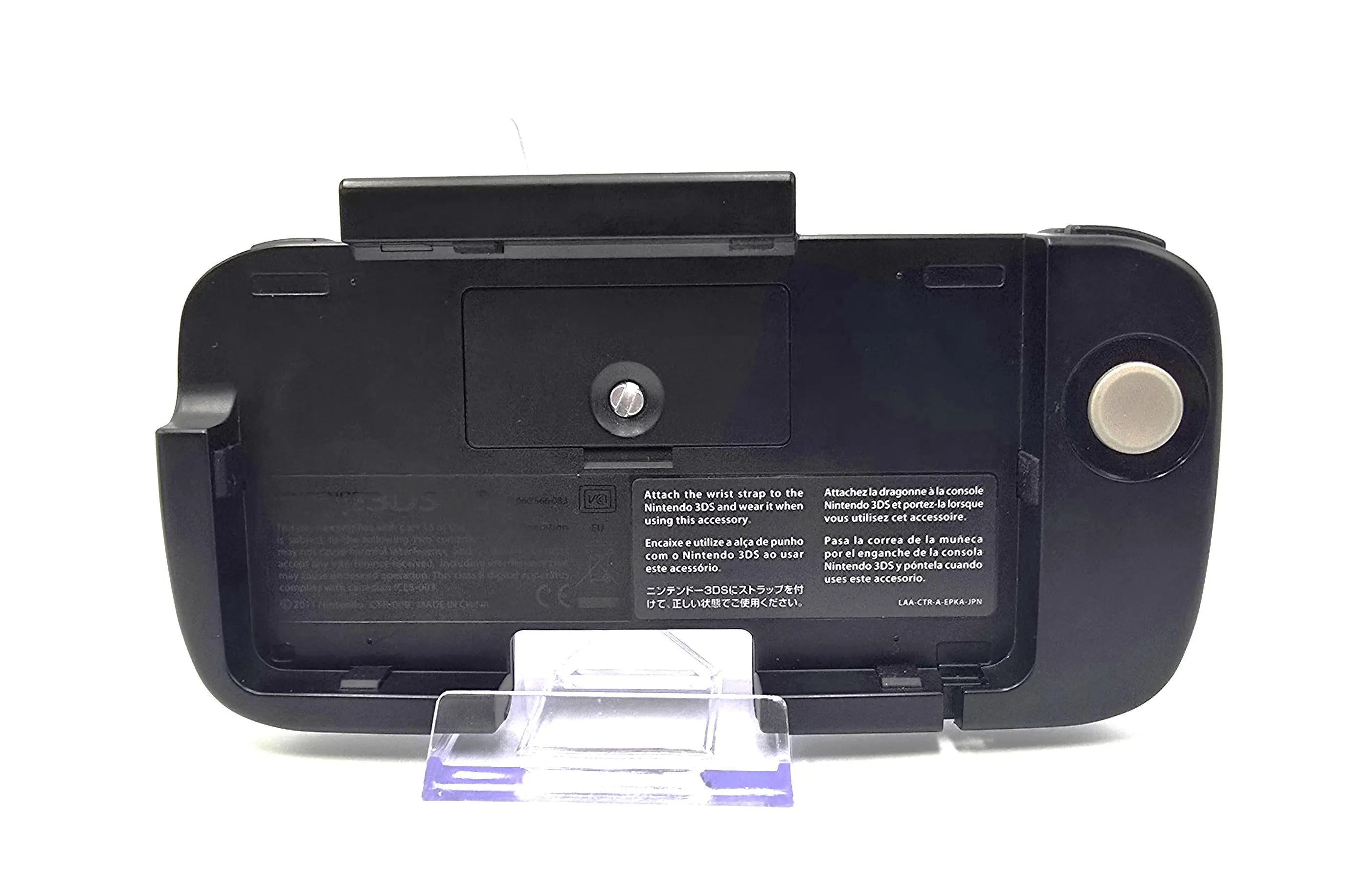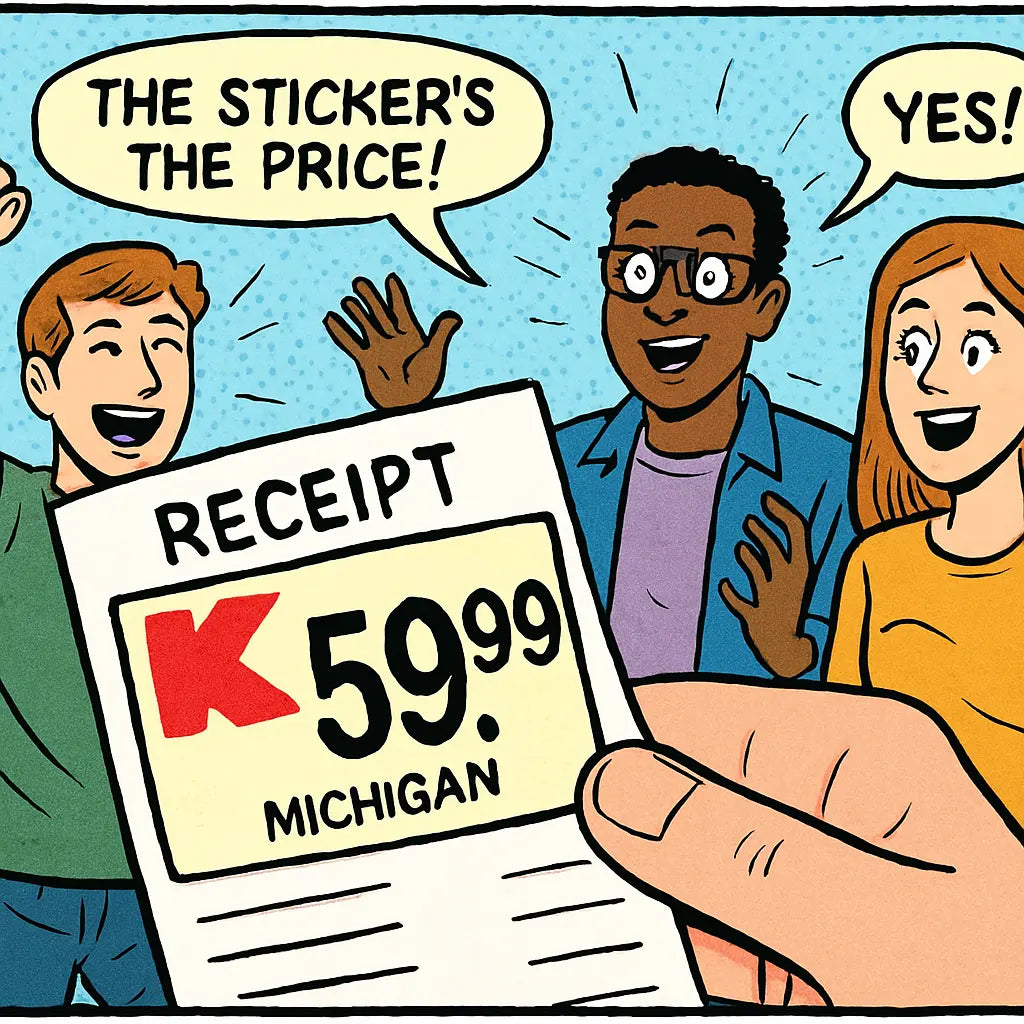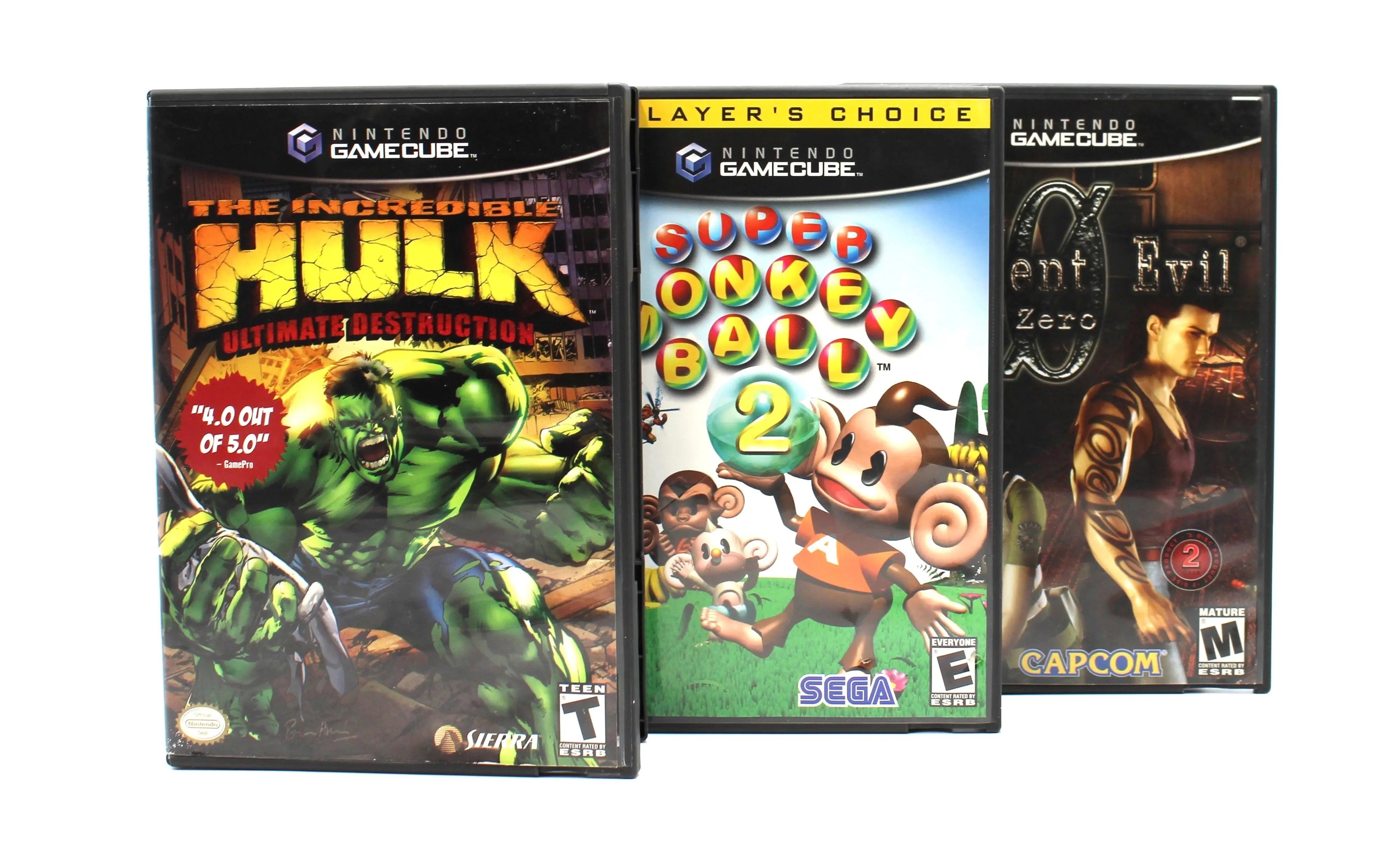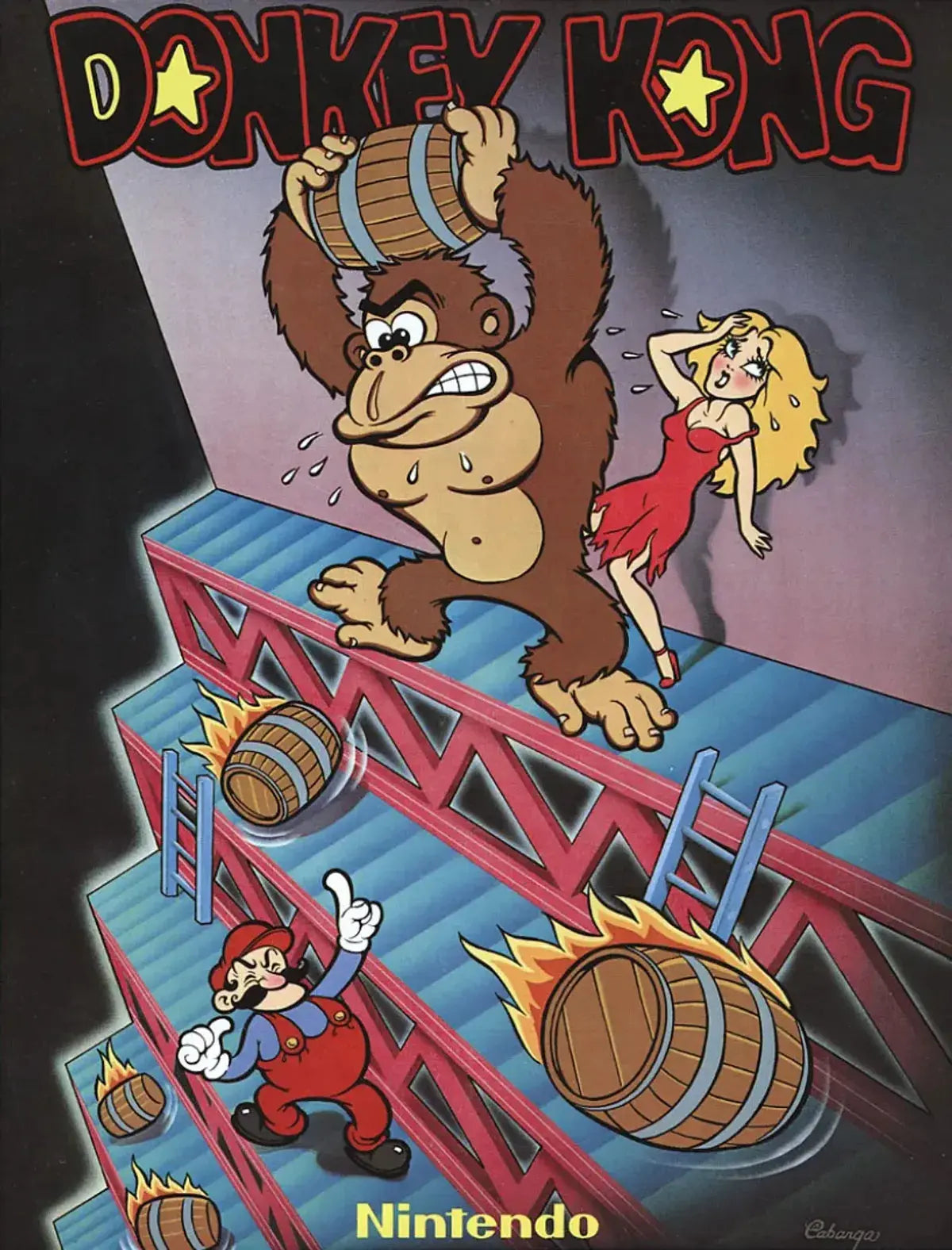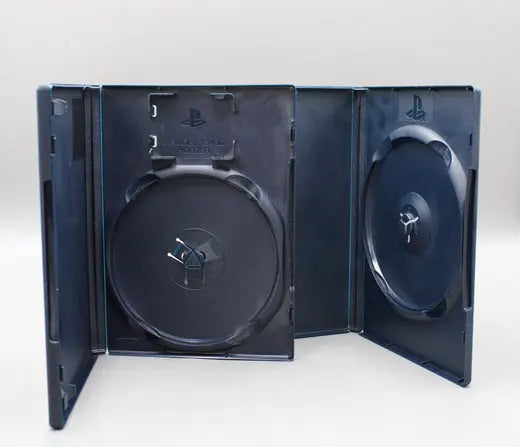Nintendo 3DS Circle Pad Pro – The Weird, Bulky Add-On You Might Secretly Love
If you owned a Nintendo 3DS in the early 2010s, you might remember a strange accessory that made your sleek little handheld suddenly feel like an overgrown spaceship controller — the Circle Pad Pro.
It was big.
It was bulky.
It took a AAA battery (yes, really).
And for certain games… it was fantastic.
So what exactly is it, and why do collectors still talk about it?
What Is the Circle Pad Pro
The $59.99 Kmart Sticker & Michigan’s Scanner Law: What Every Collector Should Know
- Always check shelf vs. scan. If it rings wrong, politely invoke the scanner law — and don’t forget to ask for your bonus. Surprisingly, I have mentioned this to a store after they decided to look up an item I was buying with a no return policy and scratched disc (We all know the one) here in Michigan before and they took the item to the back refusing to reprice even (Google Lens - everything is worth a million bucks there). I asked myself, " What path do you take? There is a higher road we all must ride eventually.
Which GameCube Games Don’t Work on the Wii? A Collector’s Guide
One of the Wii’s most underrated features is its backwards compatibility with the Nintendo GameCube. Pop in a GameCube disc, plug in your GC controller, and you’re playing like it’s 2001 all over again.
But here’s the thing — while almost the entire NTSC-U GameCube library works f
Where Did Mario First Appear? The Surprising Start (and Strange Early Days) of Nintendo’s Mascot
the rights to make a Popeye game. So they invented their own characters—Donkey Kong, Pauline, and the soon-to-be-iconic Jumpman, who was quickly renamed “Mario” (inspired by a real-life landlord, Mario Segale, who apparently wasn't thrilled about overdue rent).
By 1983, Mario switched professions from carpenter to plumber (because of all the pipes in Mario Bros.) and even brought along his lesser-known brother, Luigi. The duo started appearing in all kinds of titles, not all of which you’d expect.
Here’s where it gets weird:
-
In Mike Tyson’s Punch-Out!! (1987), Mario randomly appears as the referee, calling knockouts with a cheerful little hop.
-
What and Also Where is the Final Fantasy VII Misprint Typo Error for the Sony PS1 Game Short Video?
What and Also Where is the Final Fantasy VII Misprint Typo Error for the Sony PS1 Game? A YouTube short visually showing you exactly where the misprint is on the early black label print of Final Fantasy VII on the Sony PlayStation 1 - PS1 variant. It's located in the word masterpiece to the back artwork. Not all black label Final Fantasy games will have the floating "i" artwork error or typo! videogamegemvault.com Watch video!
The Sony PlayStation 2 - PS2 Different Video Game Cases
The Sony PlayStation 2 - PS2 Different Video Game Cases When the PlayStation 2 (PS2) launched in 2000, it wasn’t...

